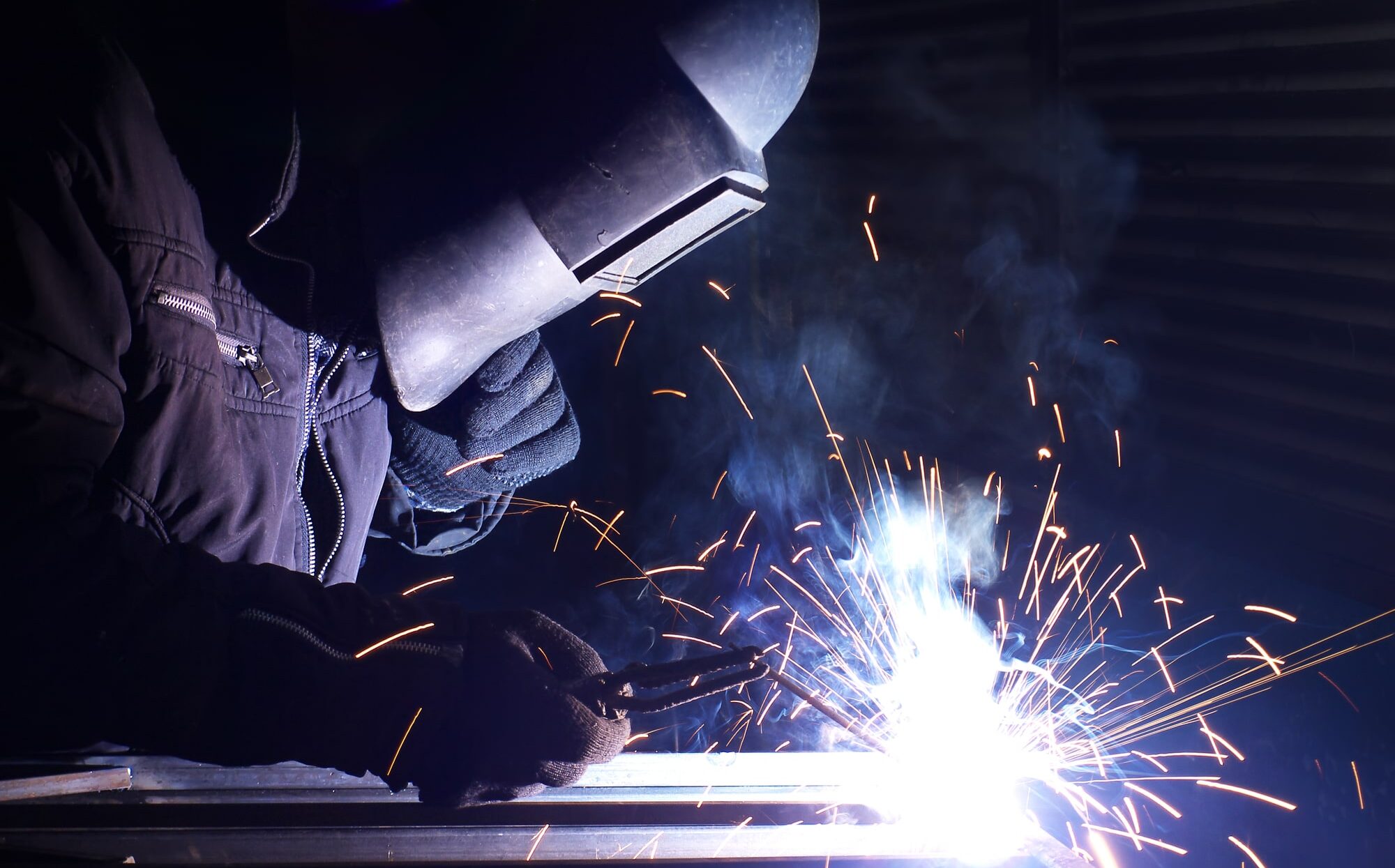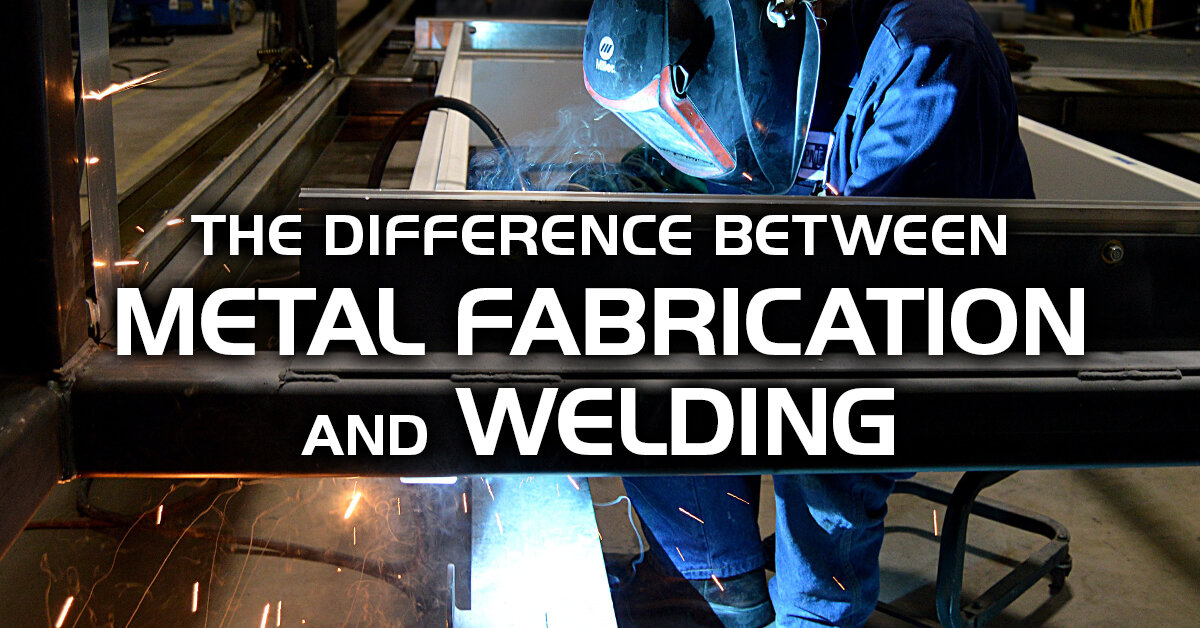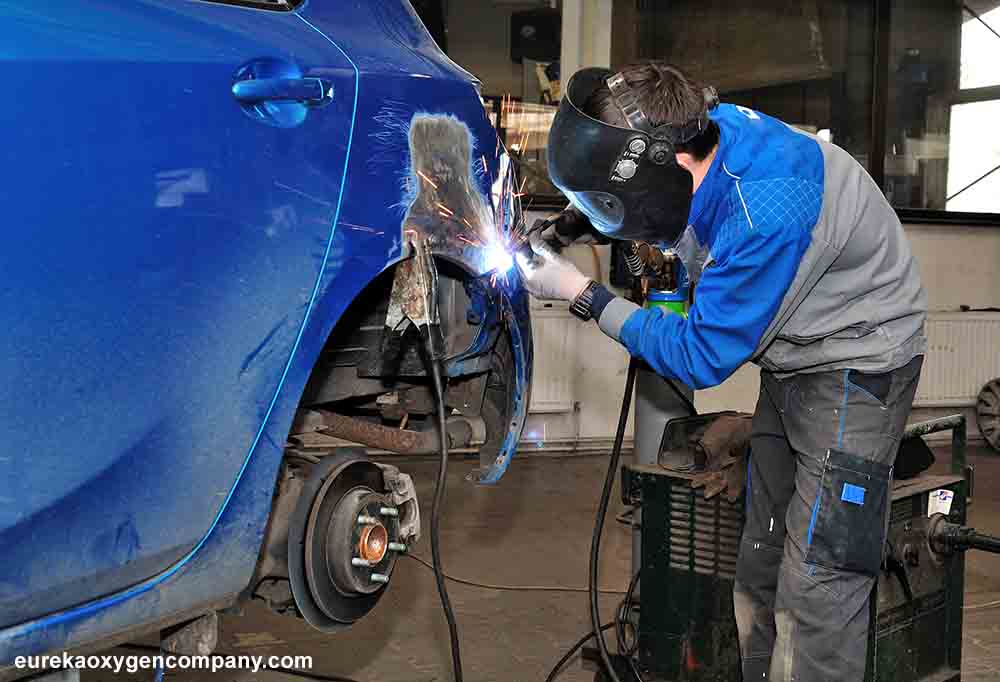Usual Welding Repair Issues and How to Address Them Effectively
Welding repair services frequently encounter a variety of concerns that can jeopardize the honesty of the final product. Typical troubles include inadequate infiltration, porosity, and misalignment, amongst others. Each defect provides unique difficulties that need details methods for resolution. Comprehending these issues is vital for welders intending to enhance their results and skills. This discussion will explore these usual welding repair service issues and efficient methods to address them.
Poor Infiltration
Insufficient penetration happens when the weld metal falls short to completely fuse with the base product, causing weak joints and possible architectural failings. This concern frequently stems from not enough warmth input, inaccurate electrode angle, or improper welding rate. Welders may experience insufficient penetration because of a mistake of the essential criteria for a certain material density or kind. In addition, contamination on the base product's surface can impede effective bonding, worsening the trouble. To attend to insufficient infiltration, welders should assure appropriate settings on their equipment and preserve a tidy job surface area. Regular examination of welds is recommended to determine any type of deficiencies early, allowing for prompt adjustments and the prevention of endangered structural integrity in bonded settings up.
Porosity
Porosity is a common flaw in bonded joints that materializes as little gas bubbles entraped within the weld steel. This flaw can jeopardize the honesty of the weld, resulting in decreased toughness and possible failure under tension. Belgrade. Porosity commonly occurs from contamination, dampness, or inappropriate welding techniques, which permit gases to get away right into the liquified weld pool. To resolve porosity, welders should ensure proper surface prep work, preserve a tidy working atmosphere, and use appropriate welding criteria. In addition, choosing the appropriate filler product and securing gas can reduce gas entrapment. Routine inspection and screening of welds can assist recognize porosity early, ensuring prompt corrective activities are taken, consequently maintaining the top quality and dependability of the welded framework
Imbalance
Misalignment in welding can develop from different factors, consisting of incorrect configuration and thermal development. Understanding the origin is vital for reliable resolution. A number of improvement methods are offered to realign elements and assure architectural stability.
Reasons of Imbalance
Welding misalignment commonly comes from a variety of underlying concerns that can endanger structural stability. One key cause is inappropriate fit-up of elements prior to welding, which can cause spaces and uneven surface areas. Variants in thermal expansion during the welding procedure can likewise result in distortion, specifically if the products being signed up with have different coefficients of development. Additionally, poor clamping and fixturing may stop working to hold elements safely in position, resulting in activity throughout welding. Inadequately kept equipment, consisting of welding machines and devices, might present inconsistencies in the weld grain, more contributing to misalignment. Operator mistake, stemming from not enough training or experience, can additionally play a significant role in producing misaligned welds.

Correction Techniques Readily Available
Attending to imbalance efficiently needs a mix of rehabilitative strategies tailored to the specific problems at hand. One usual technique is the usage of components or jigs to hold components in the appropriate position during welding, making certain constant alignment. In addition, preheating the products can help in reducing distortion and boost fit-up. For significant misalignment, mechanical realignment strategies, such as utilizing hydraulic jacks or clamps, can be employed to correct the position prior to welding. Post-weld warm treatment may likewise be essential to ease tensions triggered by imbalance. Lastly, mindful assessment and modification during the setup phase can protect against imbalance concerns from coming to be substantial issues, promoting a smoother welding procedure and boosting total architectural integrity.
Distortion
Distortion is a common difficulty in welding that can occur from various elements, consisting of irregular cooling and heating. Recognizing the reasons of distortion is important for carrying out effective prevention techniques. Resolving this concern not only boosts structural honesty yet likewise boosts the overall quality of the weld.
Reasons of Distortion
When based on the extreme heat of welding, materials often undergo modifications that can cause distortion. This sensation largely occurs from thermal growth and contraction during the welding process. As the weld area warms up, the material expands; upon air conditioning, it contracts, which can produce internal stress and anxieties. On top of that, irregular home heating across a work surface can worsen these stresses, causing warping or flexing. The sort of material additionally plays a significant duty; metals with varying thermal conductivity and coefficients of expansion might respond in different ways, resulting in unforeseeable distortions. Poor joint layout and insufficient fixturing can contribute to misalignment during welding, raising the chance of distortion. Recognizing these causes is vital for efficient welding repair and prevention methods.
Avoidance Techniques
Reliable avoidance methods for distortion throughout welding concentrate on managing warmth input and making sure proper joint design. Keeping a consistent heat input aids to decrease thermal expansion and contraction, which can result in distortion. Utilizing techniques such as pre-heating the work surface can additionally minimize the temperature level slope, promoting uniform heating. Furthermore, picking ideal joint layouts, such as T-joints or lap joints, can enhance stability and reduce anxiety concentrations. Carrying out appropriate fixturing to secure the workpieces in position even more help in keeping alignment during the welding procedure. Lastly, staggered welding series can distribute heat extra evenly, avoiding local distortion. By using these strategies, welders can considerably reduce the chance of distortion and improve the general high quality of their welds.
Cracking
Fracturing is a typical issue experienced in welding repairs, typically resulting from various factors such as improper cooling rates, material selection, or insufficient joint preparation. The event of splits can considerably jeopardize the honesty of the weld, causing potential failures throughout operation. To resolve this problem, welders have to initially evaluate the source, making sure that products are suitable and appropriately selected for the specific application. Furthermore, controlling the air conditioning rate throughout the welding procedure is essential; rapid air conditioning can cause stress and cause cracking. Appropriate joint design and prep work additionally add to minimizing the risk. Implementing these approaches can enhance weld quality and resilience, eventually minimizing the likelihood of breaking in completed weldments.

Insufficient Combination
A significant concern in welding repair services is incomplete blend, which takes place when the weld metal does not effectively bond with the base product or previous weld passes - Montana Mobile Welding and Repair Belgrade Fabrication. This flaw can cause weaknesses in the joint, potentially compromising the honesty of the bonded framework. Factors adding to incomplete fusion include insufficient warm input, inappropriate welding method, and contamination of the surfaces being signed up with. To resolve this concern effectively, welders need to guarantee correct pre-weld cleansing and surface area prep work, in addition to readjust their welding specifications to accomplish adequate infiltration and blend. Regular examination throughout the welding process can also aid identify insufficient combination early, enabling for timely rehabilitative measures to boost the total top quality of the weld
Overheating
While welding repair services can enhance structural integrity, overheating provides a significant obstacle that can result in material degradation. Extreme heat throughout welding can change the mechanical buildings of metals, resulting in minimized toughness, raised brittleness, and bending. This phenomenon is particularly essential in high-stress applications where architectural integrity is critical. Identifying getting too hot can include visual examinations for staining or distortion, along with keeping an eye on temperature level throughout the welding procedure. To mitigate the threats related to getting too hot, welders need to employ proper methods, such as regulating heat input, readjusting traveling speed, and utilizing ideal filler materials. Furthermore, carrying out pre- and post-weld warm therapies can aid bring back material homes and enhance the overall quality of the fixing, making certain long-lasting performance and security.
Regularly Asked Concerns
What Are the Usual Indicators of a Welding Flaw?

Exactly How Can I Check My Welds for Top quality?
To examine welds for top quality, one can utilize aesthetic evaluations, ultrasonic screening, and radiographic approaches. Each technique guarantees architectural integrity, identifies issues, and confirms adherence to specified requirements, inevitably improving the integrity of the welded joints.
What Security Safety Measures Should I Take While Welding?
When welding, one must prioritize safety and security by putting on ideal personal protective devices, making certain correct ventilation, securing flammable products away, keeping a clean work area, and being mindful of environments to avoid injuries and accidents.
Can I Fix a Weld Without Remodeling the Entire Joint?
Repairing a weld without redesigning the whole joint check here is feasible, relying on the damages (Belgrade Welding). Strategies such as grinding, including filler product, or making use of a welding procedure can successfully attend to specific flaws while preserving the surrounding structure
What Tools Are Necessary for Efficient Welding Repair Works?
Crucial tools for efficient welding fixings include a welding equipment, wire brush, grinder, protective gear, clamps, and filler products. Each device plays a crucial duty in ensuring quality and safety during the repair procedure. Porosity generally occurs from contamination, moisture, or inappropriate welding strategies, which permit gases to leave into the molten weld swimming pool. Improperly kept devices, consisting of welding equipments and devices, may introduce disparities in the weld grain, more contributing to imbalance. When subjected to the extreme warmth of welding, products typically undergo changes that can lead to distortion. Fracturing is an usual concern experienced in welding repairs, commonly resulting from various aspects such as incorrect air conditioning rates, material choice, or inadequate joint prep work. A considerable issue in welding fixings is incomplete blend, which occurs when the weld steel does not adequately bond with the base material or previous weld passes.